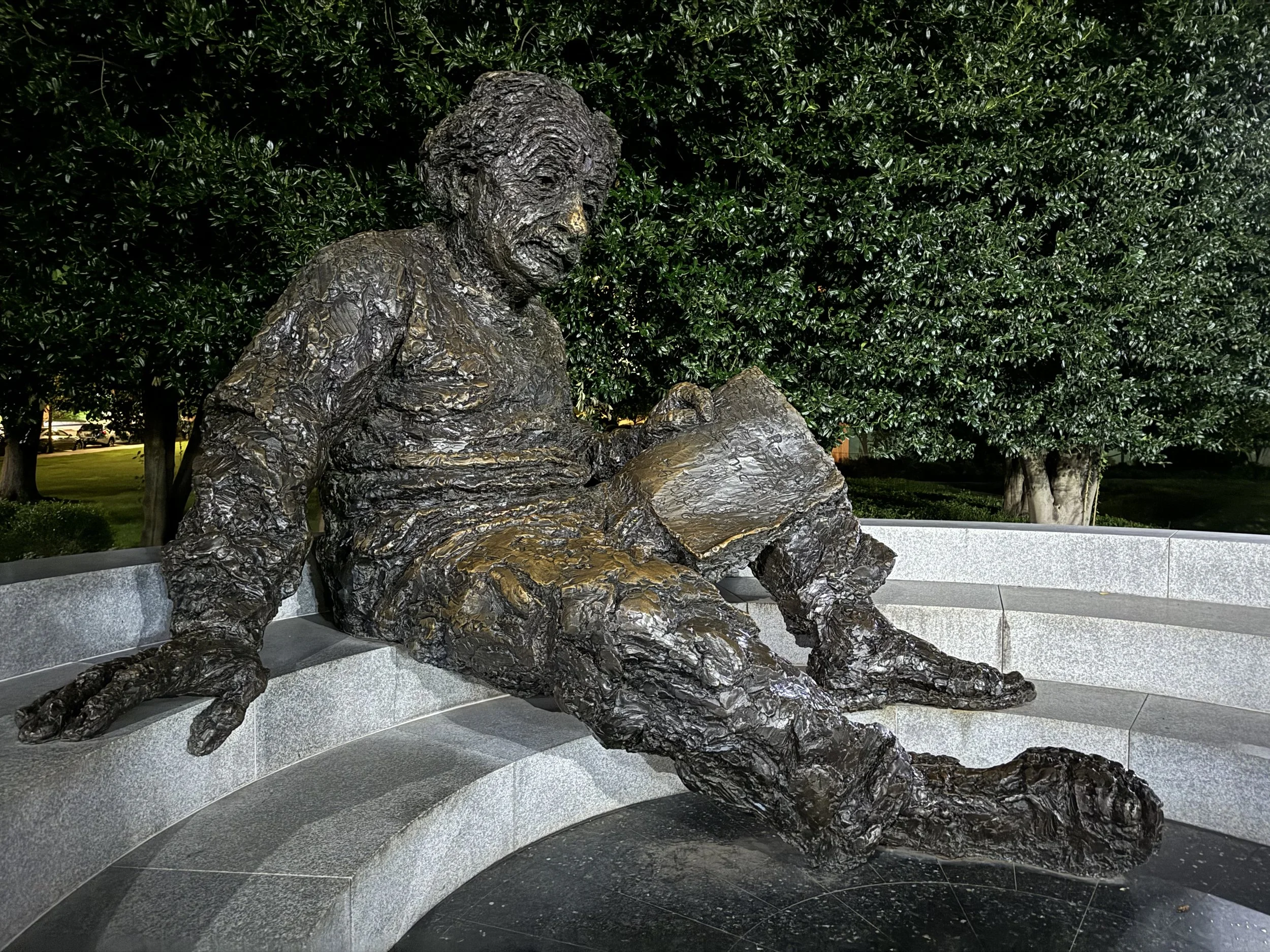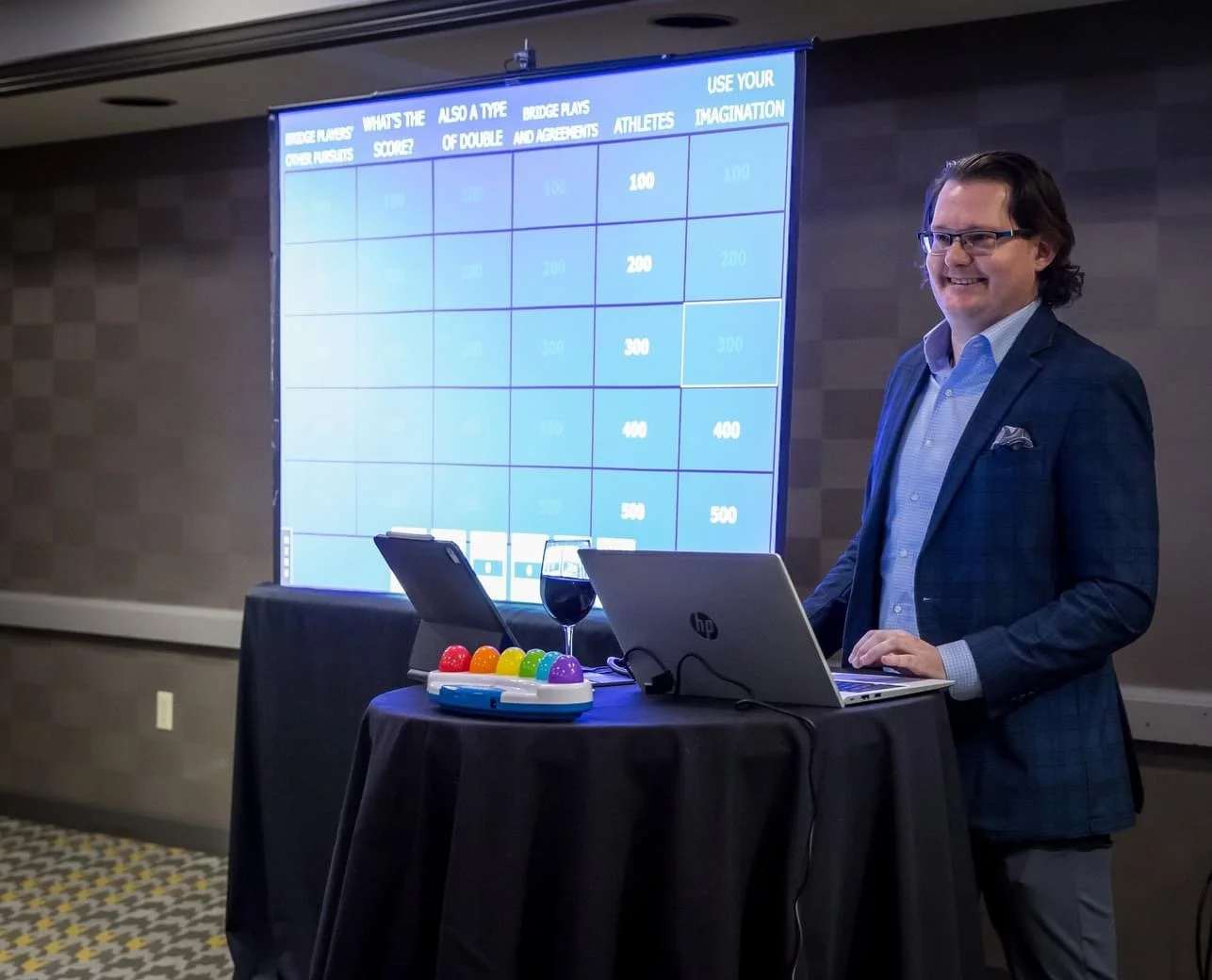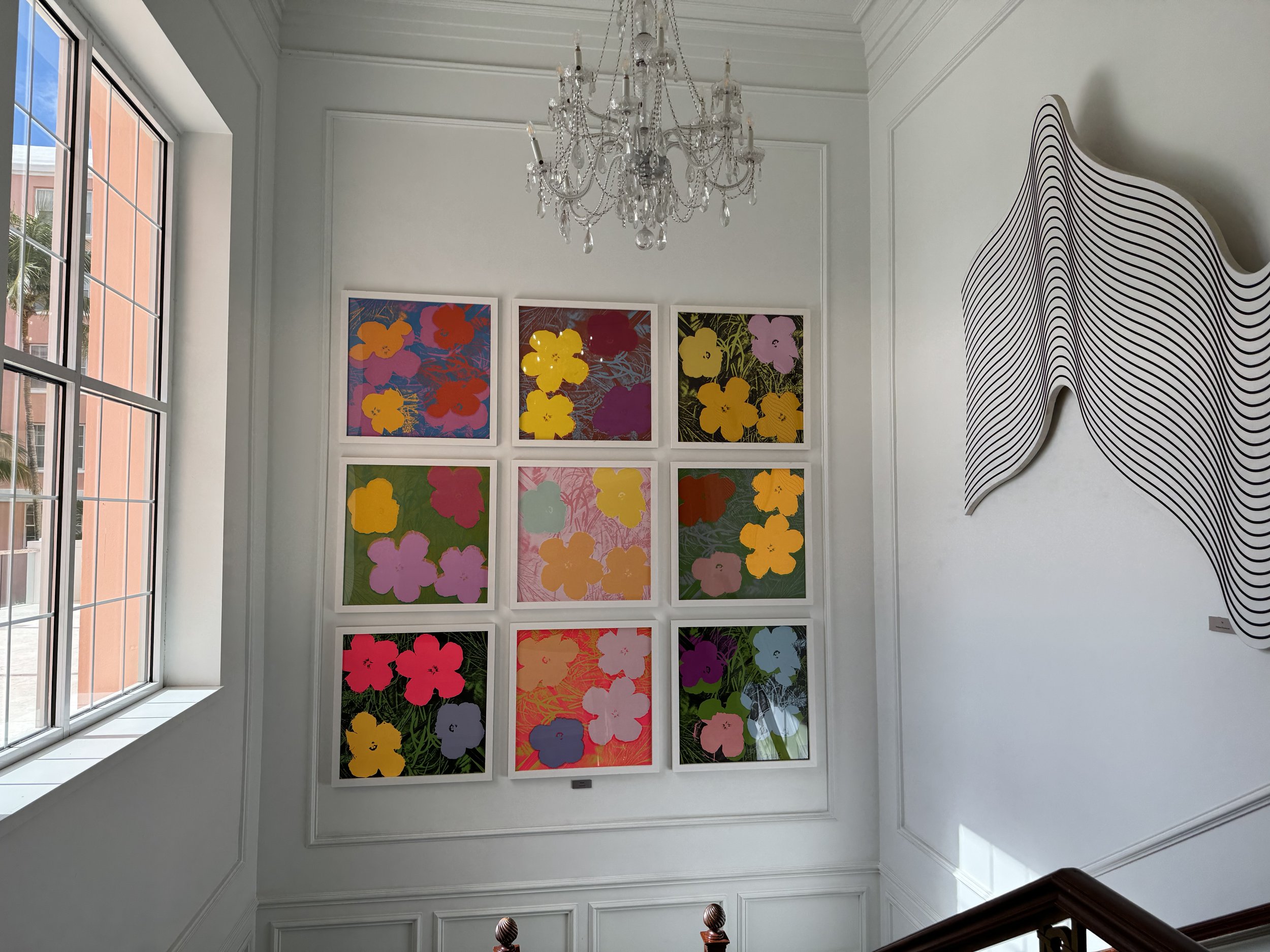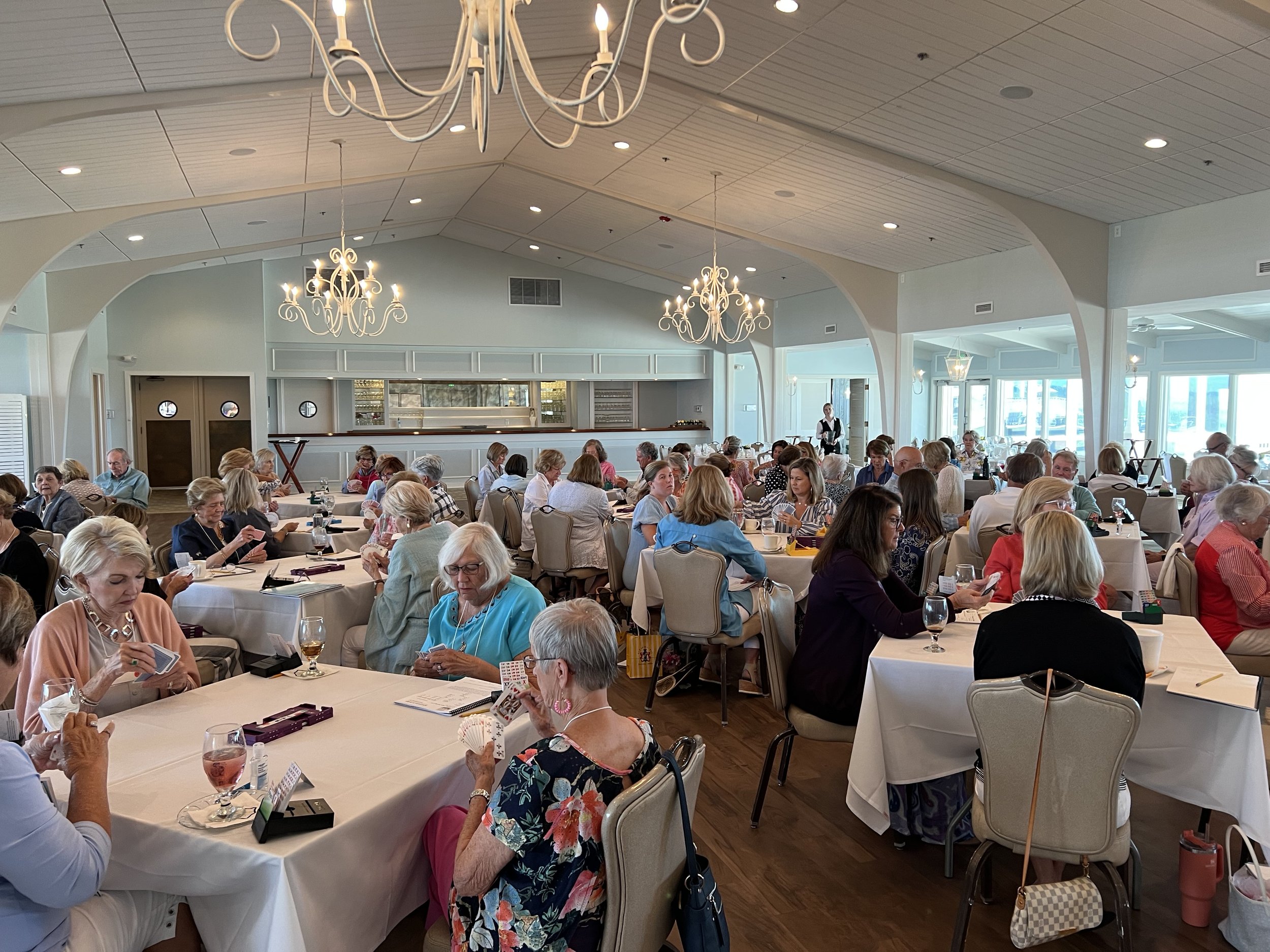The modern game continues to create interesting auctions and we need to make sure to discuss how to respond to new situations with partner. Some of the most interesting (and useful) competitive bids are when we use a suit that the opponents have bid – called a Cuebid. There can be many different meanings for bidding the opponent’s suit. A cuebid is a tool used in a variety of different ways based on the situation. We vary the meaning to describe the hand that is most logical and often most difficult to describe in another way. Let’s take a look at cuebids of the opponent’s suit in a variety of different auctions and make sure we are on the same page with partner about the meaning of these calls.
(561) NT and Balancing Auctions: Jump Overcalls in the Passout Seat
One place that we do not need a jump bid to show a weak hand is in the passout (PO) seat, also known as the balancing seat. In this seat with a weak hand, say 5-8 HCP, and a long suit, we would not bid; we would simply pass the hand out. Bidding here with so few HCP may give the opponents a chance to reach a better partscore or game that they may not otherwise reach. Since we will not bid in the PO seat with a weak hand and we could make a simple overcall with 9-10 HCP and a long suit, then a Jump Overcall in the PO seat is free to be used to describe a different type of hand that can otherwise be difficult to show.
(555) Competitive Auctions: Scrambling 2NT
In competitive auctions where the opponents have found a fit, we compete aggressively – especially at matchpoints. We frequently use double (for takeout) with three-suited hands and sometimes with two-suited hands. To handle these situations, we want partner (Advancer) to have a tool to help us find our best fit. As usual, in competitive auctions our choice of convention will be 2NT. This gadget is called Scrambling 2NT.
(547) NT Bidding: Responding after a Penalty Double of a 1NT Opening
When we open the bidding with 1NT, showing 15-17 points, if an opponent makes a penalty double, we are less likely to be looking to invite or bid game. We are usually looking to escape from a 1NT contract and attempt to find some safer place to play. This safe place will hopefully be our largest fit or a long suit in the weak hand (in Responder’s hand). In order to find this place to play we need to look at how Responder’s bidding options change after a penalty double.
(546) NT Bidding: Responding to 1NT vs. 3-Level Interference
There are many systems the opponents play in order to interfere over our 1NT opening bid, but almost all of these systems use the 3-level (actually 2NT+) for the same meanings – 2NT as a weak bid showing both minors and 3-level bids as weak with a long suit, preemptive. It is important that we and partner are on the same page for how to deal with this higher-level interference.
(545) NT Bidding: Responding to 1NT in Competition - Lebensohl
(534) Slam Bidding: 5-Major Bids - "Obvious Question"
We can use a 5-Major bid for something other than to end the auction. 5-Major can be bid concisely for a variety of reasons -- to take away bidding space from the opponents or to ask partner a specific question (which we call the “obvious question”). Let’s look at our options for how to make use of this 5-Major bid.
(533) Slam Bidding: Minor Suit Slams After 1NT Openings
Minor suit slams are much harder to bid than Major suit slams. This is especially true after we open the bidding with 1NT (or 2NT). We start off the auction looking for Major suit fits and only then look for our minor suit fits after that. Major suit-showing bids are the cheapest bids and that means that our minor suit-showing bids take up more space. We look at how we overcome this bidding challenge to bid good minor suit slams.

























